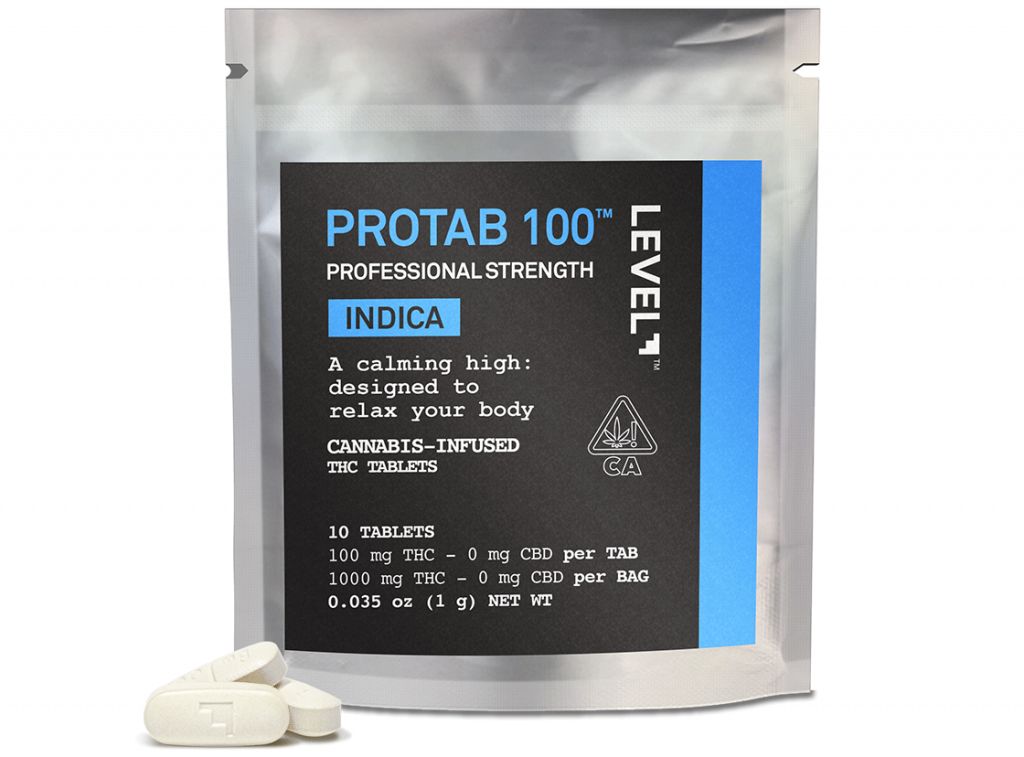

While Cannabis Sativa often produces a higher proportion of THC compared to its other cannabinoids, Cannabis Indica often contains significant levels of all three. Most Indicas are a rich source of the cannabinoids THC, CBD and CBN. Common effects and properties of Indica Strains If male plants are eliminated early in the flowering phase, female plants are prevented from making seeds and their cannabinoid-rich flowers (also referred to as buds, tops or colas) may be harvested for recreational and medicinal use. In the flowering phase, upward and outward growth slows considerably and may appear to cease completely as Cannabis Indica directs the bulk of its energy to growing reproductive parts – male flowers which distribute pollen, or female flowers which produce the majority of cannabinoids and are meant to receive pollen and produce seeds. As days become shorter and nights longer (the short photoperiod), the plant receives the signal that autumn is approaching and its flowering phase is triggered.


When growing, Cannabis Indica devotes its energy to increasing in size and stature. Vegetation occurs when the plant experiences long days and short nights, known as the long photoperiod. Vegetation is also sometimes referred to simply as the growth, or growing, period, although the plant continues to grow in size and mass throughout the flowering period as well. The life cycle of Cannabis Indica, like the rest of the Cannabis genus, is divided into two distinct phases – vegetation and flowering – which are reactions to different day-lengths (photoperiods). Growth and flowering cycle of Cannabis Indica They usually weigh more than Sativa flowers of similar size, as they are more solid. Indica flowers form in thick clusters around the nodes of the female plant (the points at which pairs of leaves grow from the stem and branches). Indica strains tend to produce more side-branches and denser overall growth than Sativas, resulting in wider, bushier plants. These leaves are composed of short, wide blades. The foliage is generally a dark shade of green, some examples appearing to have almost blue or green-black leaves. The typical example of Cannabis Indica is a more compact, thick-stemmed bush than its cousins, usually reaching a height of less than two metres. Types of Cannabis General physical appearance of Indica Strains


 0 kommentar(er)
0 kommentar(er)
